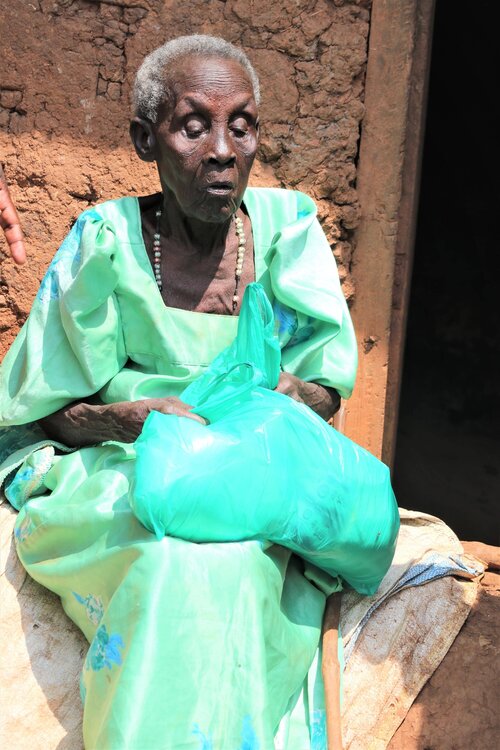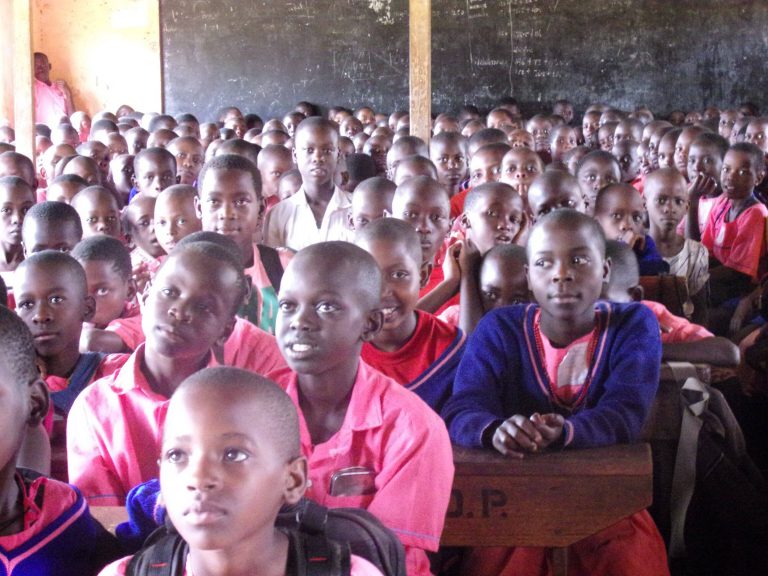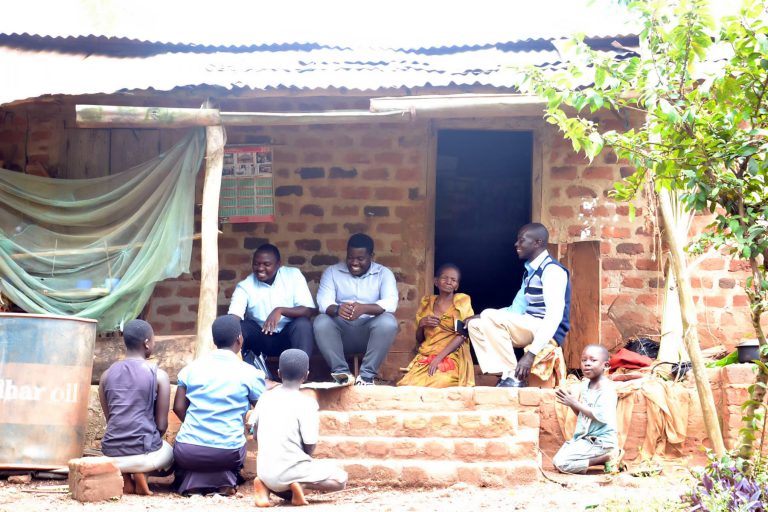
The Big Picture
Collective Action Uganda is registered as a company limited by guarantee with the main objective of helping the elderly and the youths to attain transformative and sustainable livelihoods. We also seek to promote and enhance collaborations at different levels (international, national and local) to ensure that the target groups attain optimal productive and healthy lives.
We aim to maintain the good image and reputation of the organization. We are committed to our vision for an integral and holistic human growth and development by ensuring a better life for all the elders in the target communities, finding sustainable employment for our youth, and improving infrastructure and resourcing of our schools. The activities and projects we do are very much influenced by volunteers, funders, socio-economic and environmental climate in Uganda. These factors and actors will have particular impact on the target groups in Uganda by improving their access the livelihood assets and resources through the coordination of CAU.

Elderly Support

Youth Entrepreneurship

Schools Support
Volunteers & Funders
Volunteers: Volunteers are a key resource in promoting CAU’s cause. They are key in providing technical expertise, information to the public, in reaching out to the target groups, working with other volunteers and partners; motivating others to get involved and keeping active records. They also give career guidance and instilling skills in our youth.
Funders: Play a crucial role in helping CAU to access resources necessary to run her activities meant to improve the productivity, well- being and health of the elderly and the youth. The financial support is critical to sustain the organization capacity and resources to undertake CAU’s core business. We are committed to strong financial management and accountability systems and controls to ensure effective and efficient use of funds.
Research Advancements
By conducting research, there is greater hope and expectation to discover specific challenges affecting the elderly and the youths in order to offer contextually adapted and fitting solutions in future. We are ready to adapt to meet the needs of the elderly and youths as informed by research advancements.
Given the capacity requirements, CAU is realistic about the research endeavors achievable in the next 3 years. We therefore prioritize formative research to help build a clear picture of what will be needed to optimally support the elderly and the youths in the target communities. We are also cognizant of the need to ensure that we have sufficient resources and support mechanisms in place for CAU to meet this mandate.
Strategic Direction
In the next 3 years, CAU will focus on the designing solutions for the needs of these
following strategic areas:
1)Transformative and sustainable livelihood.
2) Partnerships
3) Organisational Capacity
Transformative & Sustainable Livelihoods
With increasing an increasing life expectancy, the elderly population in Uganda is progressively diverse. We will need to ensure that we have the resources to accurately diagnose and support to meet the needs of this diverse community. We recognize that majority of people underestimate the challenges affecting the elderly. They are often lonely, weak, sickly, lack the basic needs of life, social protection and advocacy because attention is given to the working population who are deemed to be of economic use.
Uganda has a predominantly young population. Although these young people are usually characterized with energy, vision, and strong ambitions, pursuit of their potential is undermined by limited employment opportunities, limited skills and employability and unfavorable lifestyles. CAU therefore, has the willingness and enthusiasm to be ambassadors in raising awareness and designing solutions for the needs of these target groups.
To promote wellbeing of the target groups through outreaches, empowerment, and livelihood enhancing activities
i. To Engage stakeholders to ensure optimal quality of life and support to elderly persons
Establish community outreach program focusing on the elderly in targeted communities
Provide a platform to improve the voice and participation of the elderly in their community affairs.
Improve the quality of the care given by care providers through specialized training
Build links and work in partnership with other organizations to ensure the elderly will have better access to care, support and information.
iI. To Engage the youth to develop critical competencies, skills, and values to lead productive lives
Support youth to cultivate innovations, entrepreneurship, and local solutions to development challenges.
Develop and support skills enhancement initiatives to promote youth employability.
Support mentorship and peer support intervention especially to the youth.
Establish and implement a career guidance, behavior change and development program for youth
iII. To enhance the capacity of learning institutions to train productive and innovative youth
Identify outstanding needs of targeted schools in the intervention communities
Advocate and/ or provide for space, infrastructure and resourcing in targeted schools
Establish a program to support teachers and instructors to deliver on their roles and mandates
Establish and support expansion of technical and vocational training.
Partnerships
To Cultivate new and strengthen existing partnerships at local, national, regional and international levels
i. To strengthen partnerships at local, national, regional and international levels
- Identify and strengthen key strategic partnerships in line with the CAU mission.
- Propagate networks for innovative community development models, including social innovations.
iI. Promote CAU-Community outreach collaborations in targeted communities. To establish new partnerships at national, regional and international levels, including target communities.
Conduct stakeholder mapping and develop appropriate engagement strategies.
Establish a platform for local, national, regional and international volunteers.
Convert supportive community engagements into beneficial partnerships.
Organization Capacity Development
This strategic area focuses on ensuring that we are an efficient and effective entity with the ability to deliver on the organization’s goals of championing the needs of the elderly and youths in Uganda. As an organization with a small staff team, we need to ensure we have the appropriate resources, strategies and processes in place to work efficiently and effectively as possible.
To strengthen the internal systems, human and financial resources as well as infrastructure to facilitate the efficient and effective delivery of CAU’s mandate
i. To expand and strengthen CAU’s human resource capacity to deliver the core mandate
Maintain high organisational visibility through robust communications and social media strategies.
Maintain a website for engagement, outreach, and visibility objectives.
Ensuretheorganizationisgovernedinlinewithexistinglegalframeworksandacceptable accountability guidelines to be able to effectively demonstrate the impact of the work undertaken.
Provide resources to ensure robust administrative and management capacity for the organization’s operations.

